https://www.climatecouncil.org.au/11-countries-leading-the-charge-on-renewable-energy/
The need for a swift transition to renewable energy is more urgent than ever. Climate change, driven by the burning coal, oil and gas, is already wreaking havoc on communities, economies and ecosystems right around the world. The easiest, quickest and most effective way of driving down greenhouse gas emissions and giving ourselves the best chance of kicking climate change’s butt is by moving to an energy system based on renewables and storage.
Here are some inspiring countries that are using clever combinations of renewable resources and efficient, targeted policies to drive down their emissions.
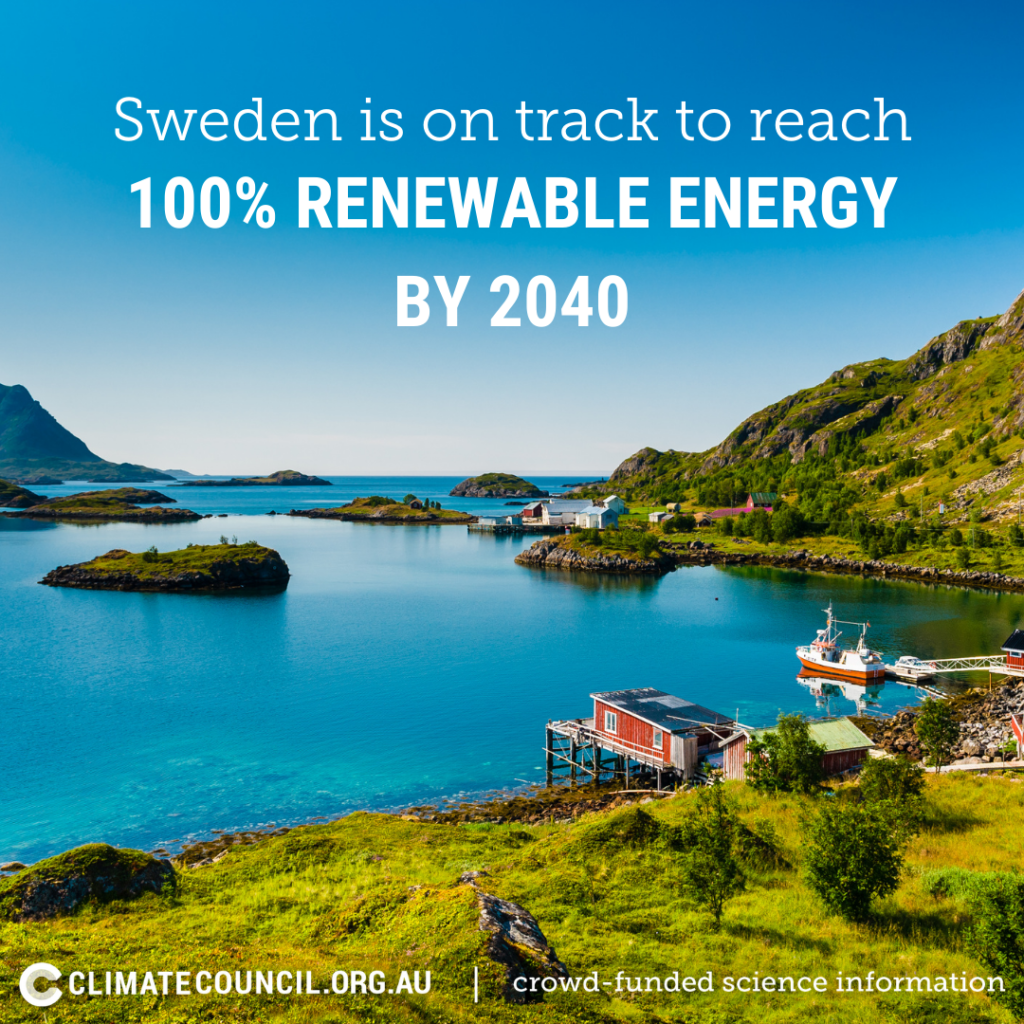
Sweden
In 2012 Sweden reached their target of 50% renewable energy 8 years ahead of schedule. This puts them right on track to reach their 2040 goal of 100% renewable electricity production. How did they do it? By taking advantage of their natural resources and using a combination of hydropower and bioenergy.
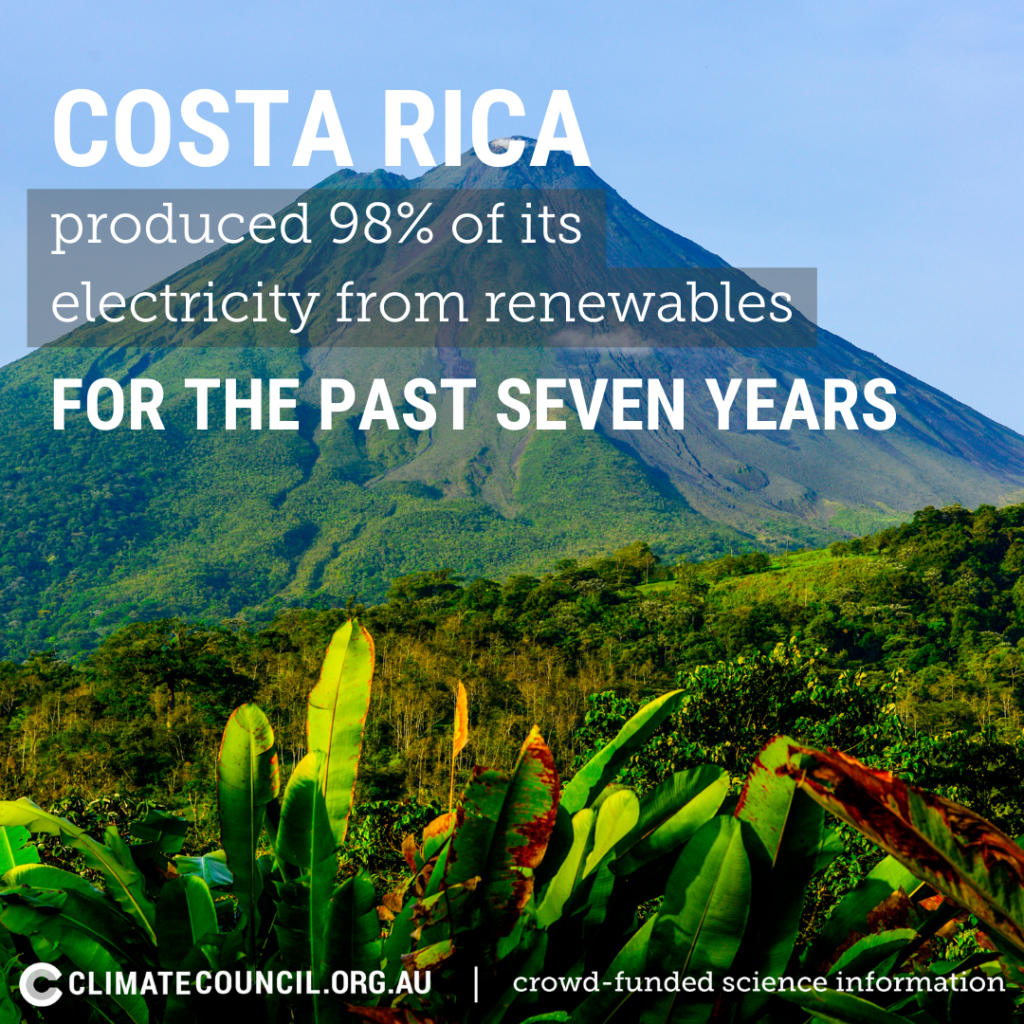
Costa Rica
has produced a whopping 98% of its electricity from renewable sources for over seven years in a row. In 2022 they will likely do the same. Costa Rica uses a combination of hydro, geothermal, wind, biomass and solar power to get the job done. In some years they have even been able to export the excess power that they have generated.
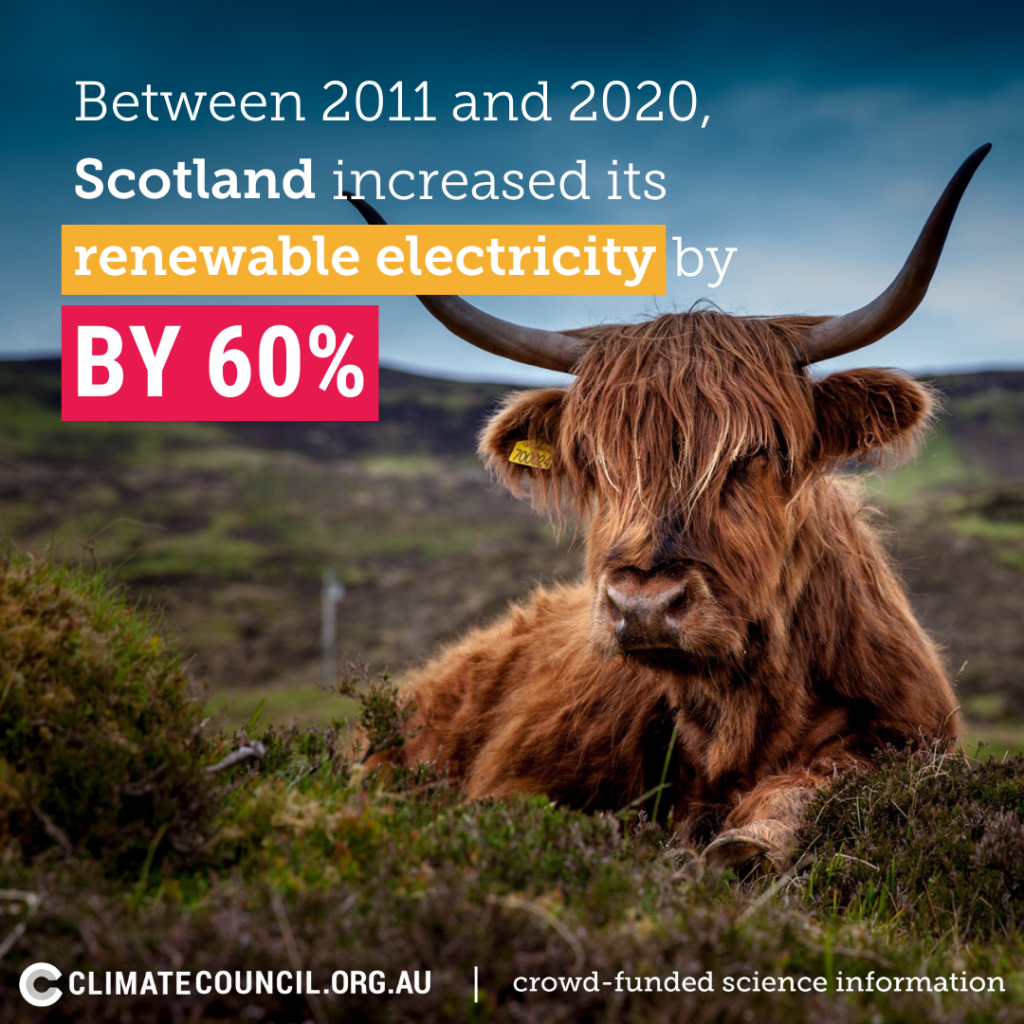
Scotland
Great Scot! In 2020 Scotland produced over 97% of their electricity needs from renewables. In 2011 renewables generated just 37% of national demand. And the best part is, they’re showing no sign of slowing. Next stop for the Scots: net-zero emissions by 2045, and investigating how to tackle the heat and transport industries too. Their strong start in the energy sector puts them in pole position to reach this goal and the next.
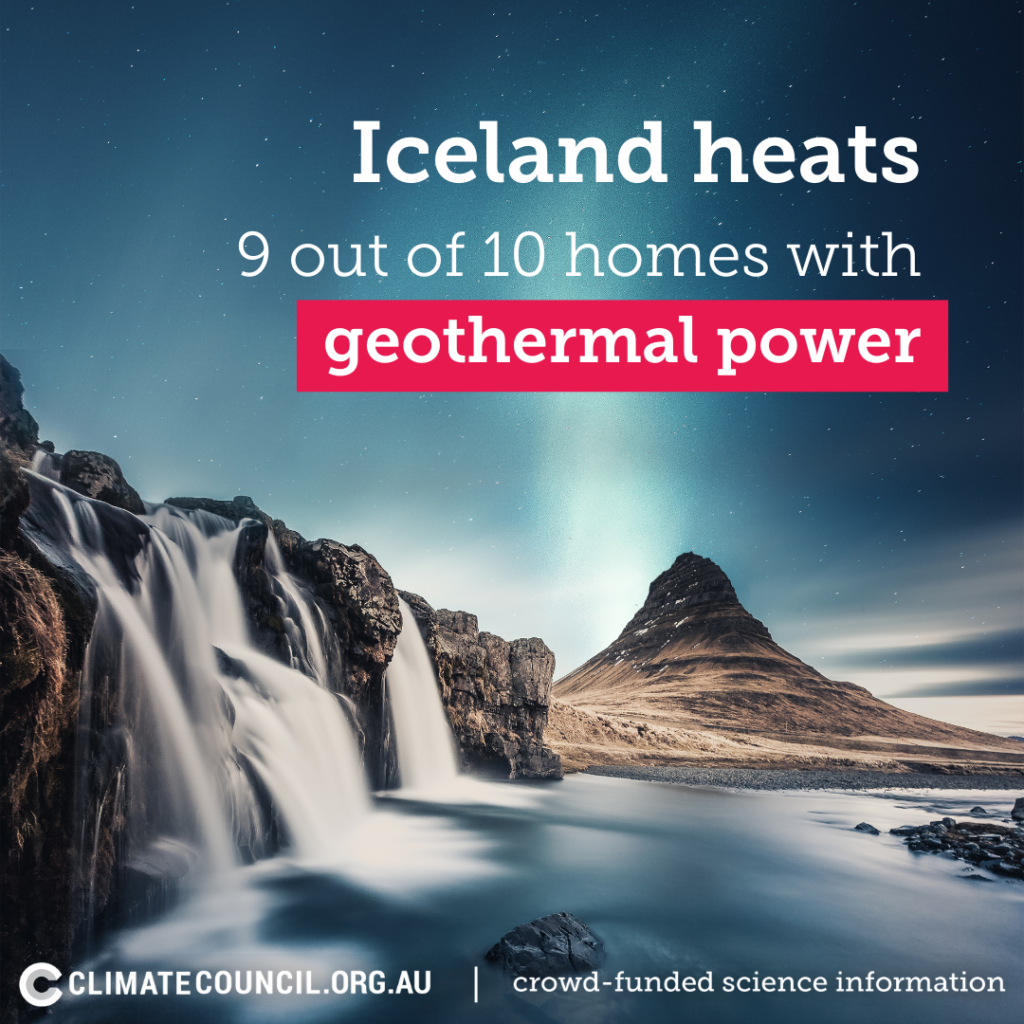
Iceland
The land of fire and ice has unique access to a range of renewable resources. A combination of hydropower and geothermal power provide almost 100% of Iceland’s electricity needs. In fact, geothermal power heats 9 out of 10 homes. The UN has even suggested their transition could provide a model for other countries to make the switch. We’re listening!
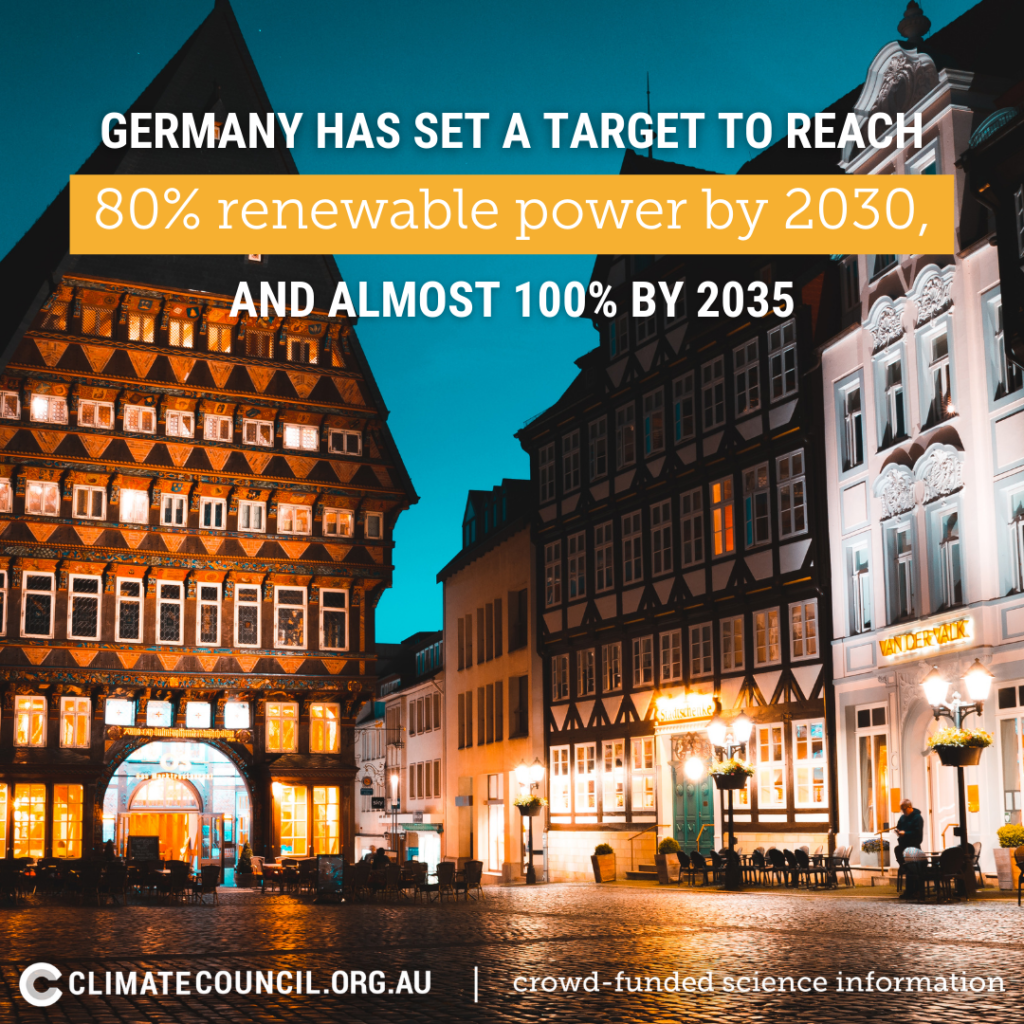
Germany
Germany’s new Government has set their self-described ‘biggest energy policy reform in decades’ during their first 100 days in government. What’s so special about it? Renewables sit at the center with targets of 80% renewable power by 2030 and close to 100% by 2035. Renewables provided 49% of their power in the first half of 2022 and it looks like it’s only going up from here.
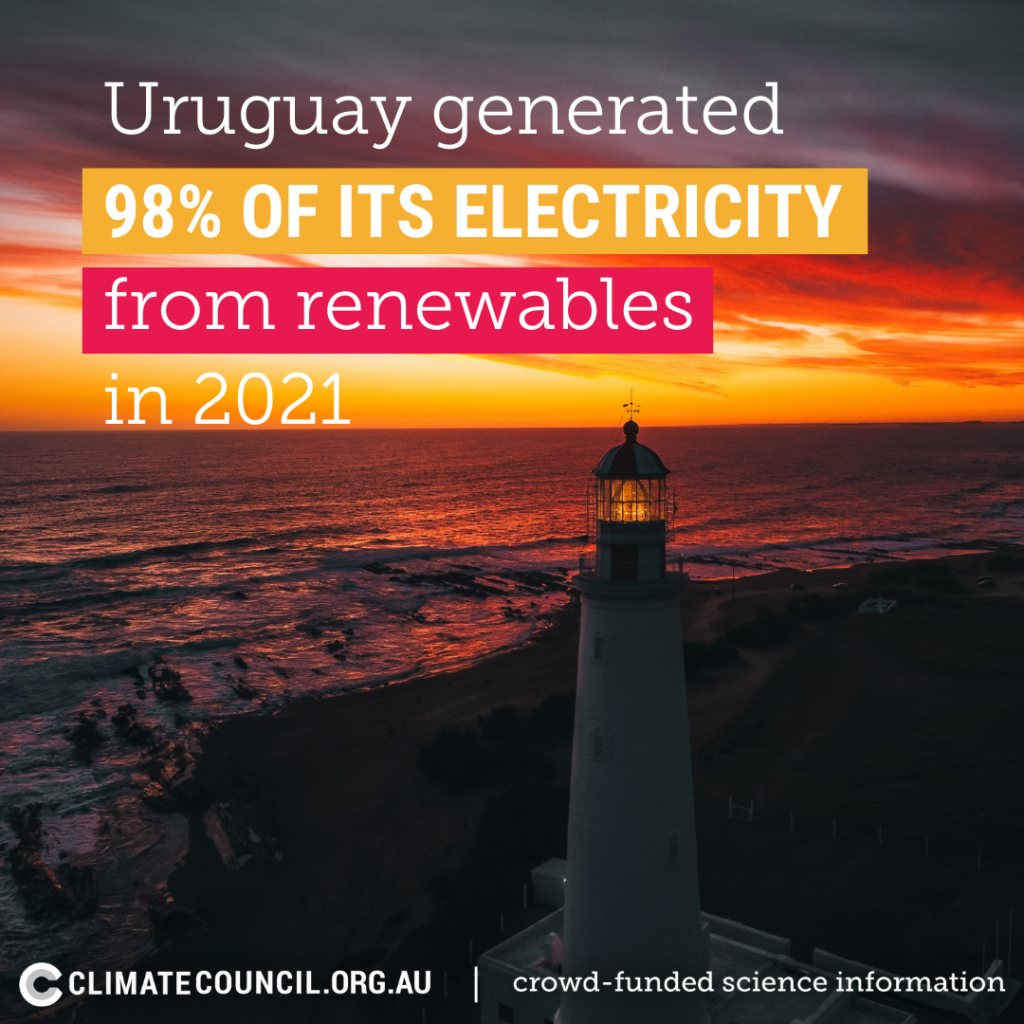
Uruguay
A 20 year effort has resulted in Uruguay generating 98% of all their electricity from renewable sources in 2021. The majority of this comes from hydropower, complemented by wind, solar and biofuels. Uruguay is generating so much renewable energy that they’re able to export it to their South American neighbours, Argentina and Brazil. And they’re still on the lookout for extra ways to put it to use!
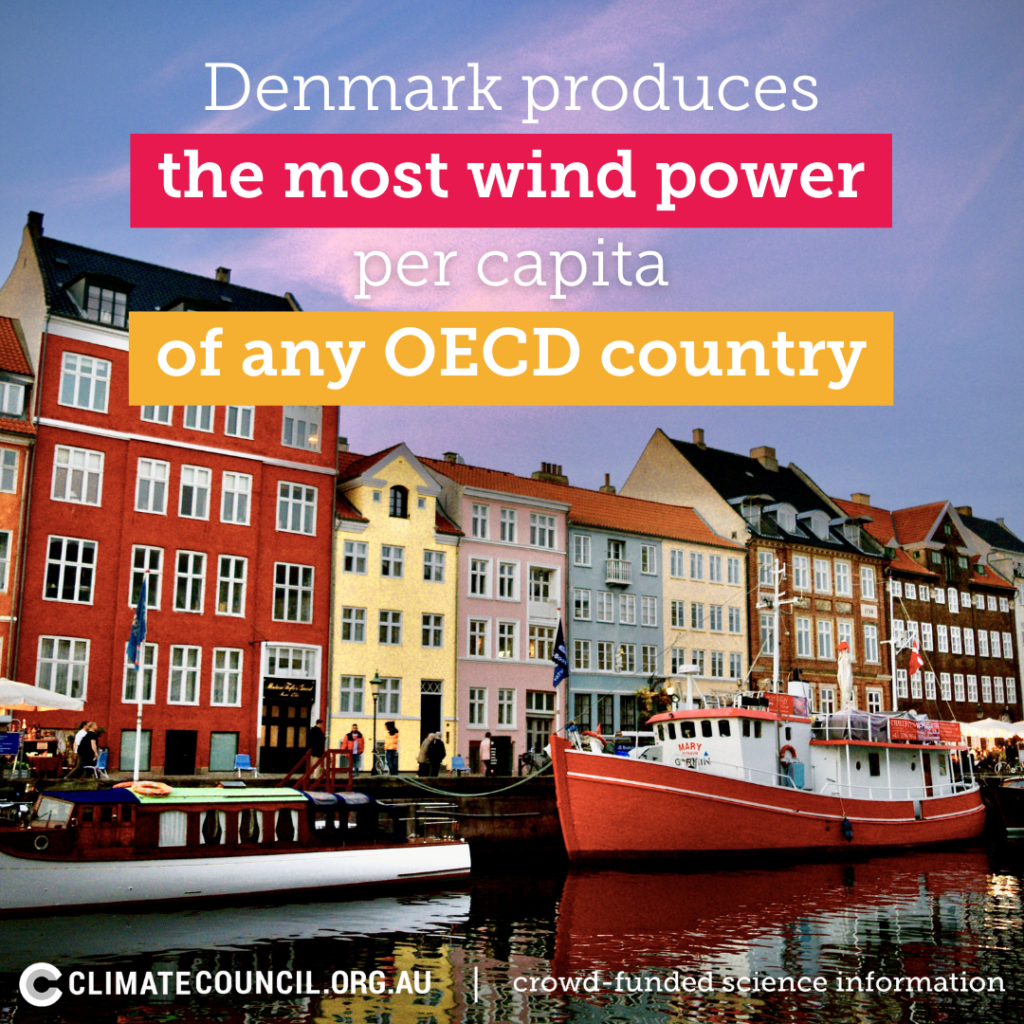
Denmark
Denmark gets over half of its electricity from wind and solar power and in 2017, 43% of its electricity consumption wHow can we harness the power of the wind? Look no further than Denmark. They produce the most wind power per capita of any OECD country and are home to Kreigers Flak, Scandanavia’s biggest wind farm. Inaugurated in 2021, it’s expected to further increase wind production by 16%. Surprisingly, wind isn’t even the most widely used renewable source. Harnessing their strong agricultural sector, bioenergy supplies two thirds of Denmark’s renewable energy.
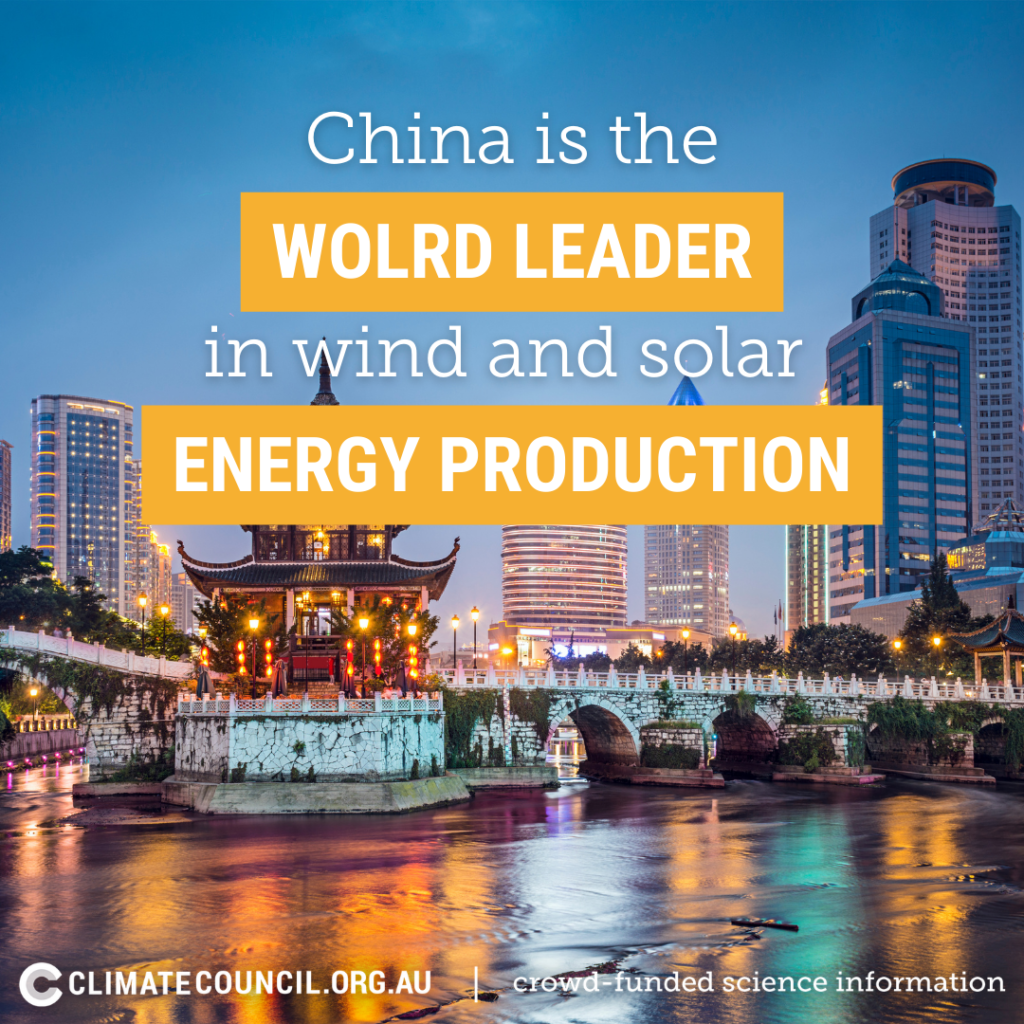
China
Wondering how the world’s largest carbon emitter can also be a leader in renewable energy? It may seem counter-intuitive, but China is the world leader in wind and solar energy production. Aiming to generate a third of their energy from renewable sources by 2025, they’re also one of the biggest investors in renewable energy worldwide. Now they just need to get those emissions down!
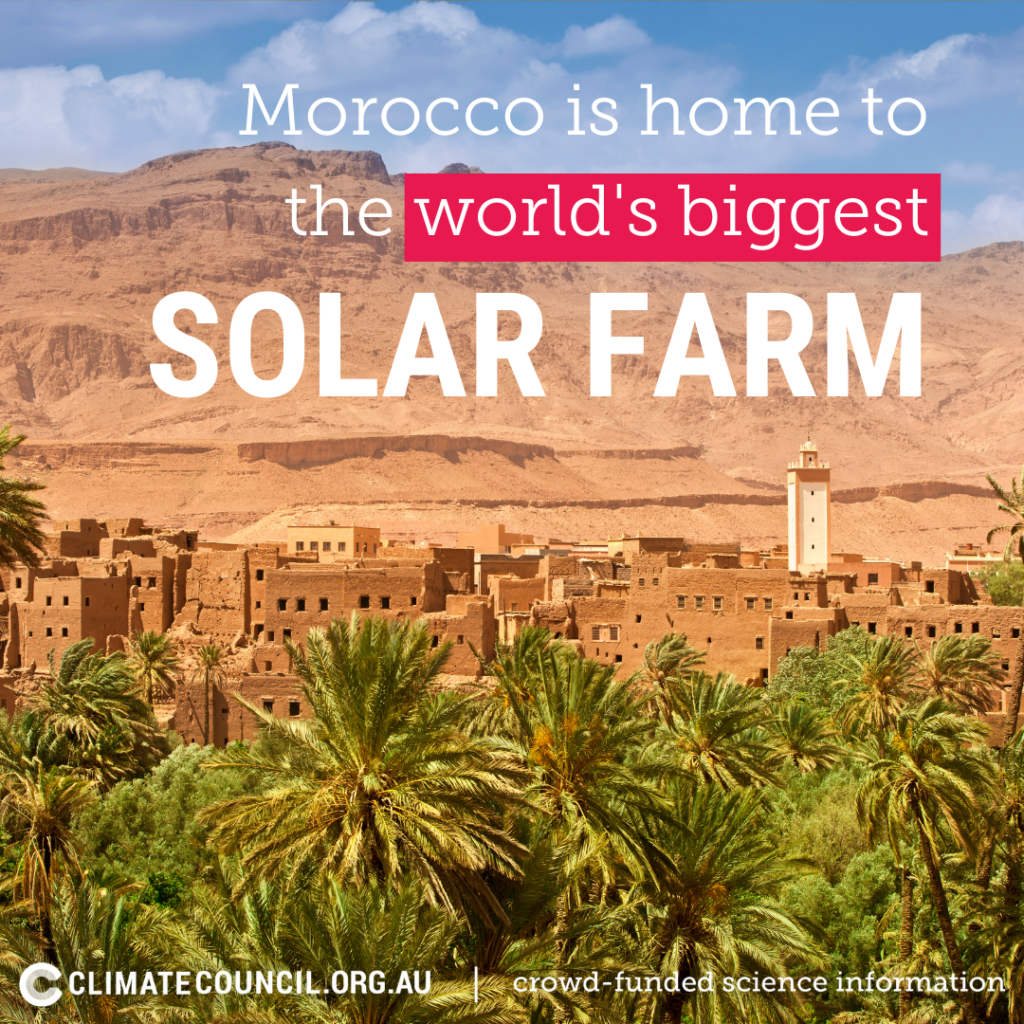
Morocco
Morocco has harnessed the power of its ample sun supply to become a world leader in solar energy. It’s now home to the world’s biggest concentrated solar farm, the Noor-Ouarzazate complex in the Sahara desert. The farm is the size of 3,500 football fields and generates enough electricity to power a city twice the size of Marrakech.
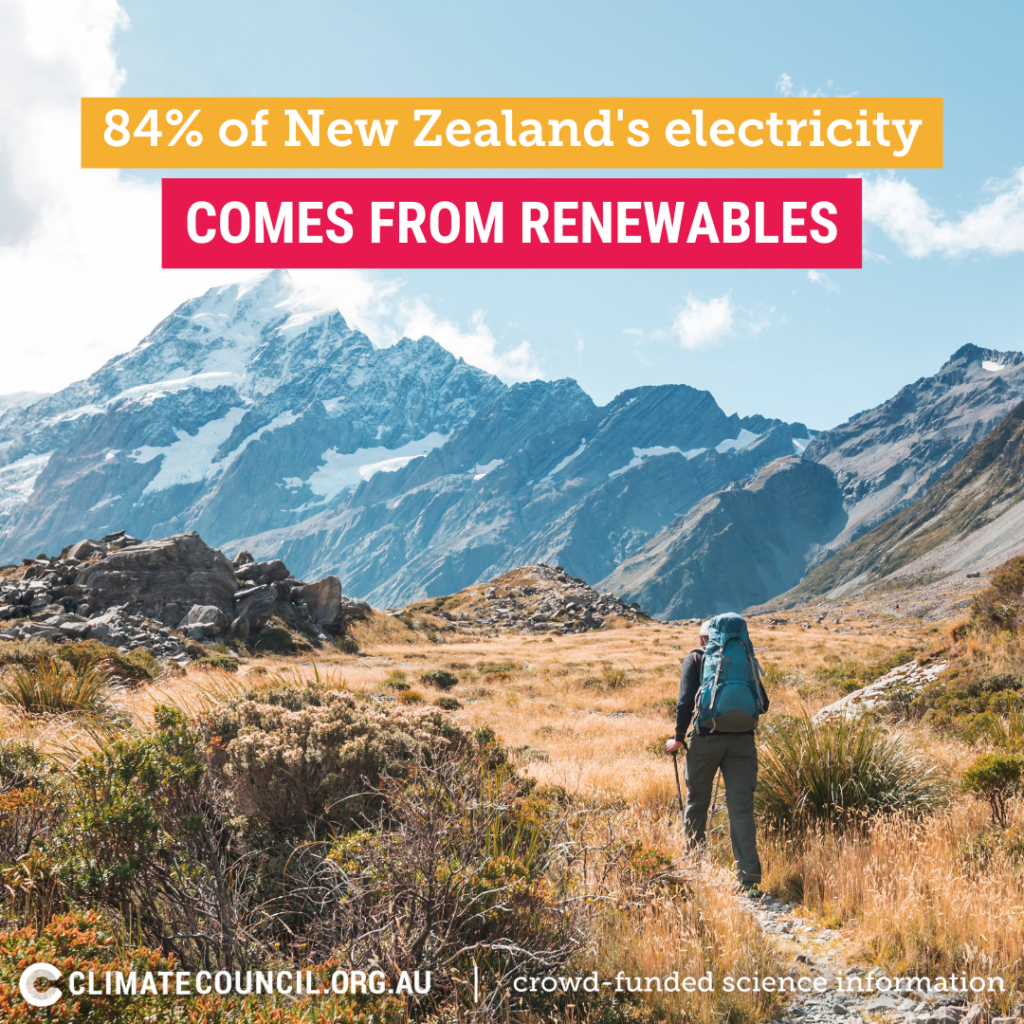
New Zealand
Our next door neighbors are doing great things on the renewables front. 84% of New Zealand’s electricity currently comes from renewables. Their renewable sector is strong and independent of government subsidies, making it an economic win too. New Zealand plans to be using 100% renewable electricity by 2035 and have a ‘carbon-neutral economy’ by 2050.
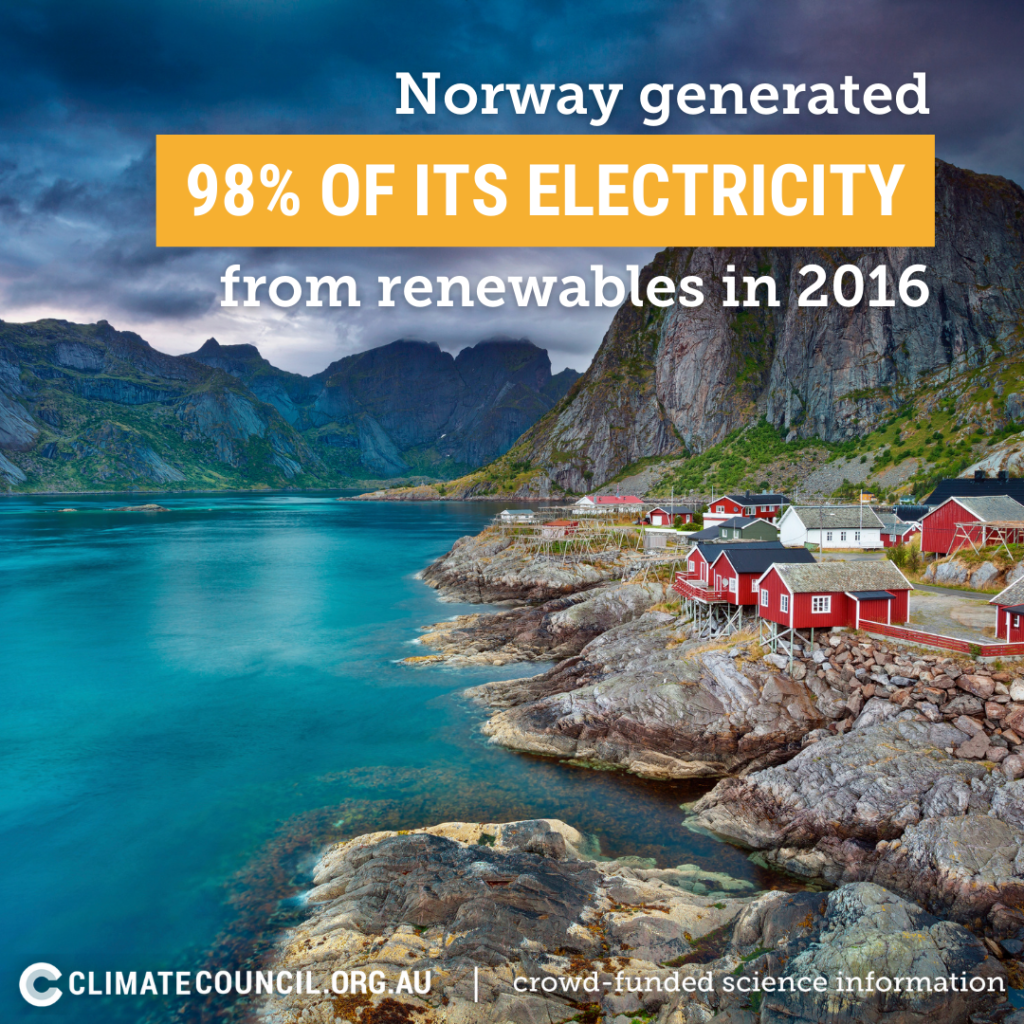
Norway
As of 2016, 98% of electricity production in Norway came from renewables, with hydropower leading the charge. They’ve been harnessing power from rivers and waterfalls since the late 1800s, so it’s easy to see how this natural resource has been a critical part of Norway’s power profile. Over the years they’ve also added thermal and wind energy to the mix.
When leaders set ambitious goals for renewable energy and support them with investments, the benefits come fast. Switching to renewable energy doesn’t just drive down emissions, the transition also contributes to a secure economy, a growing jobs market and the creation of a reliable and resilient energy system.
Australia should be leading the charge in renewables – we have plenty of wind, sun and land! Harnessing our abundant resources would position Australia as a global leader in renewable energy and show the world we’re serious about climate action.
Comments
Post a Comment